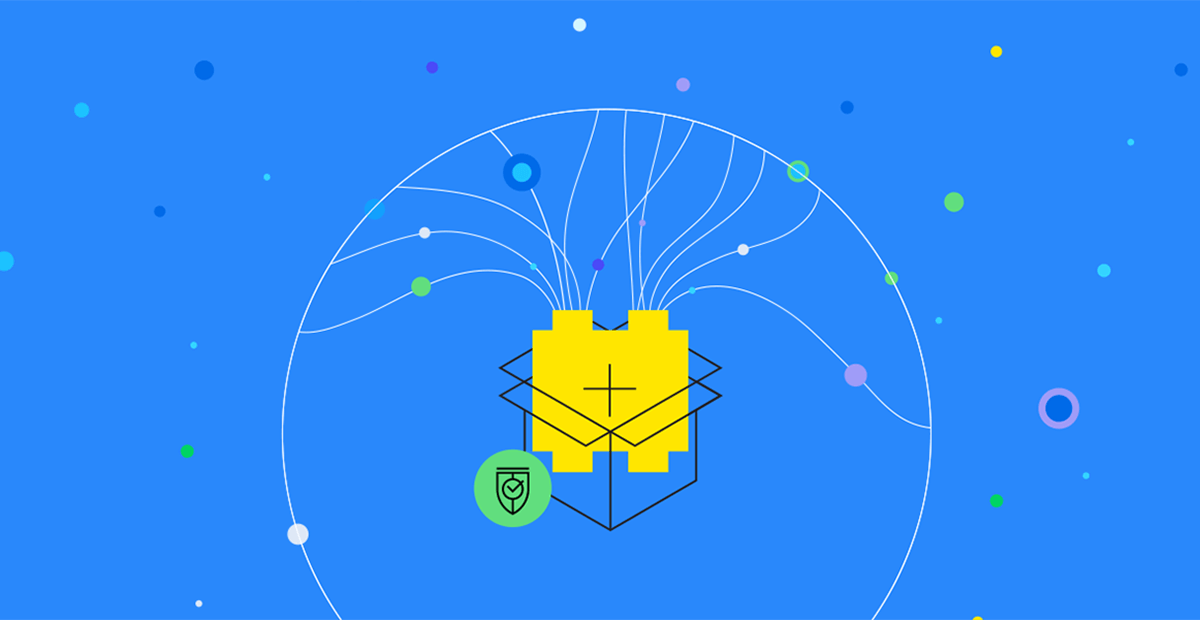How to Quickly Bridge the ODBC-JDBC Gap with OpenAccess SDK

When your favorite BI and analytics tools only support one standard of connectivity, it creates time-consuming work for developers. A connector SDK can help bridge the JDBC-ODBC gap and speed up the delivery of critical data connectivity.
Making great, data-driven business decisions relies on having the right data. That makes being able to explore, analyze, report on and share all of your data in any business intelligence tool critical to capitalizing on the wealth of opportunities data provides.
ODBC and JDBC are the most popular SQL standards for accessing data and running queries. Using these standards enables applications to send SQL statements to different data sources without having to code them multiple times. This is key to not only empowering informed decision-making, but also saving time, money and other critical development resources.
However, JDBC and ODBC don’t always “talk” to each other. As you know, JDBC was written for the Java environment whereas ODBC was designed to be language-agnostic. And in fact, that's one of the major reasons a lot more analytics tools and BI applications support ODBC rather than JDBC.
When critical tools only support one standard of connectivity, it creates time-consuming problems for developers. Recreating an ODBC layer at the database level or a JDBC support at the application may not be in your control. Not to mention it may not even be all that cost-effective to build and maintain in the long run.
Overcoming the JDBC-ODBC Gap
In such cases, enterprises can deploy an ODBC-JDBC bridge (also known as an ODBC wrapper) to make the JDBC-compliant database look like an ODBC data source. This provides connectivity as needed, bridging the gap between your analytics and data integration tools and your data sources.
Progress DataDirect OpenAccess SDK can help create the connections businesses need to make full use of their preferred BI and analytics tools—even when they use different protocols.
With the OpenAccess SDK SQL engine, you can very easily build an ODBC wrapper. With almost 99% of the coding already taken care of, wrapping a JDBC driver (or for that matter, any REST API) with an ODBC layer can be done in days, if not hours.
And the best part of OpenAccess is that queries can be passed through as long as the underlying API can handle a particular query. In other cases, OpenAccess can deconstruct the query and reconstruct the results to support additional ODBC features.
To illustrate a very real use case, we wrote up a quick tutorial that goes over how to wrap a Snowflake JDBC driver with ODBC and access it from OBIEE. OpenAccess SDK can be the bridge you need it to be: your ODBC-REST bridge, ODBC-SOAP bridge or an ODBC-ODBC wrapper for when the existing ODBC driver is not robust enough, based on your enterprises need.
Quickly Build a Custom Driver for Any Data Source or API
Of course, bridging the gap between ODBC and JDBC is only one of many things that businesses and software vendors worldwide are using OpenAccess SDK to do. OpenAccess SDK provides you with full control of your data, allowing you to:
- Create fully featured, enterprise-grade connectors in less than 60 minutes with a low-code approach that takes care of most of the development work for you
- SQL-enable APIs for faster access to internal and external data—whether you’re building your own from scratch or modifying native drivers to meet your needs
- Safeguard sensitive data and comply with regulatory guidelines by obfuscating non-essential data as you open data sources to SQL access
Interested in hearing how OpenAccess SDK can help your business they way it helped Sotero? Check out the webinar Why Sotero Trusts Progress DataDirect OpenAccess SDK to Deliver a Secure, Compliant Solution to learn more.
Want to jump straight in? OpenAccess SDK is available for you test with a free trial. See why DataDirect is the trusted connectivity solutions provider for the leaders in analytics, BI and data management and more than 10,000 enterprise businesses worldwide.

Joelle Andrews
Joelle Andrews was a Senior Product Marketing Manager for the Progress Application and Data Platform business. Joelle has over a decade of experience in product marketing, marketing automation and sales roles. In her personal time, Joelle loves hiking, getting lost in a book, rescuing cats and traveling the world.
